Trends in Prefabricated Housing in India Prefab
In bustling cities and sprawling suburbs around the globe and especially in India, a revolution is underway in the construction industry: prefabricated houses As the third-largest construction industry in the world, India is reckoning with the rise of prefab houses as a niche and sustainable solution to the ever-rising demands for affordable housing in the country’s urban cities and suburban areas.
Nest-In from the house of Tata Steel has emerged as a leading provider of prefabricated construction solutions in India that are faster, greener, and more efficient than the traditional construction methods that have ruled the housing industry for decades.
Nest-In’s prefabricated construction methods combine efficiency and technology, reshaping the country's home construction landscape. In this blog, let’s look at some trends in prefabricated housing in India, and how Nest-In fits into them.
Faster and More Efficient Construction
Offsite and faster construction of prefab homes are the need of the hour, as demand for homes are at an all-time high in metropolitan regions and traditional construction methods struggle to meet timelines.
Offsite construction involves manufacturing components in a factory-controlled environment. The components are then transported to the site for assembly. This process is more than 2x faster than traditional construction as the components are made to precision, there is no delay in the construction process due to adverse weather, and there is reduced back-and-forth from the site and thus reduced dependency on transportation.
Sustainable & Environmentally Responsible Practices
Prefabricated housing is becoming more sustainable by using eco-friendly materials and energy-efficient designs. This trend has arisen due to the increase in concerns of the adverse environmental effects of traditional construction methods. For example, conventional construction uses very large volumes of water to dry and cure cement.
Other than using sustainable construction materials, prefab structures can also have solar panels, rainwater harvesting systems, and green roofs as eco-friendly features to reduce carbon footprint and promote green housing practices.
Nest-In’s prefabricated housing solutions consume 48% less fresh water and require 65% fewer material resources in their construction process, and thus have 53% less greenhouse gas-related impact.
More Ways of Customisation
Prefabricated homes are becoming havens of customisation, with requests spanning particular construction materials, specifications for windows and lighting, solar roofing and water harvesting systems, and more. Customisation of prefab homes can take place in terms of aesthetics and design, energy savings and temperature control, and sustainable construction practices.
Nest-In offers Nestudio, a 100% customisable prefabricated premium housing solution that are adaptable to tough terrains and challenging climates.
Prefabricated housing in India is becoming faster and more efficient, sustainable, and customised as compared to traditional construction methods. Nest-In is paving the way to reshaping the construction industry by using cutting-edge technology and processes to build sustainable and premium prefab homes. To know more about Nest-In, visit the website.
Posted in HabiNest on May 01, 2024.
Contact Us
Recent Post
Zero Energy Building: Redefining India’s Energy-Efficient Future
Addressing the Demand for Durable, Long-Lasting Infrastructure
Rapid Response Infrastructure: Building Fast When Time Matters
Reduce Construction Pollution with Prefab: A Cleaner Way to Build
How Nest-In’s Off-Site Construction Outperforms On-Site Chaos
Category
- Nest-In 103
- HabiNest 65
- MobiNest 122
- Nestudio 28
- EzyNest 21
- Smart EzyNest 6
- ChargeNest 7
- Covid Offerings 4
- Brand 7







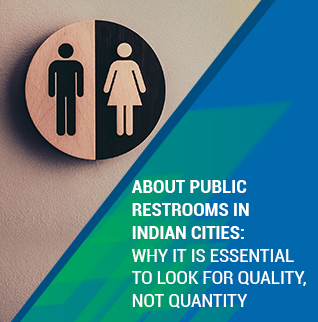



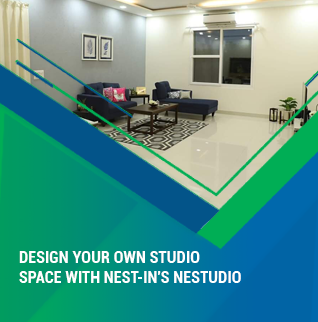






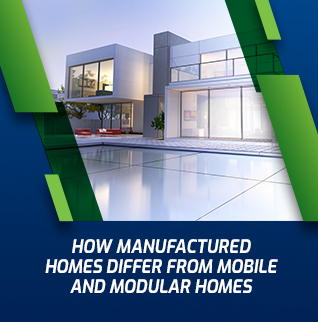

























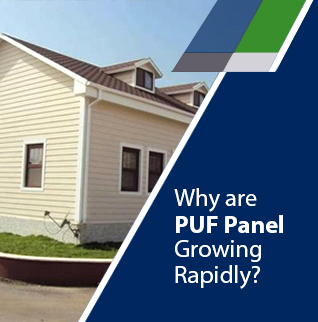



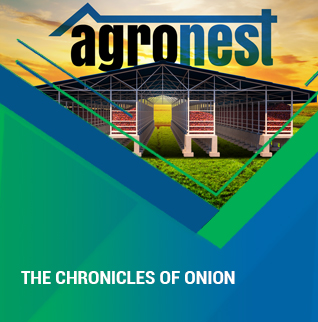

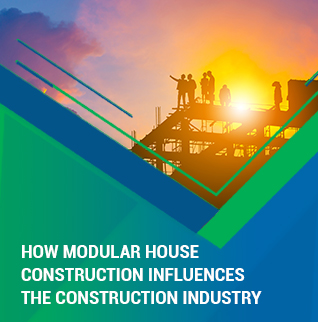







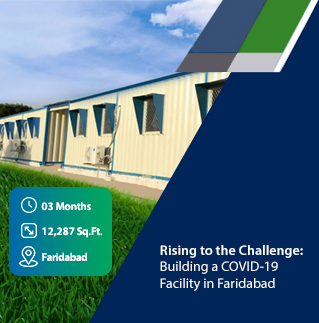




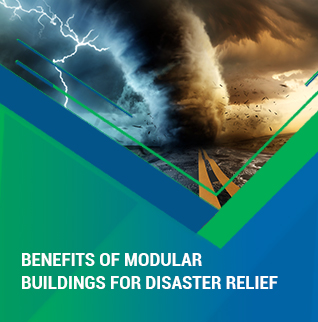

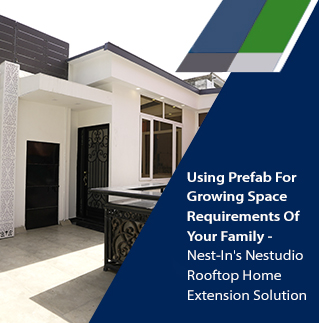




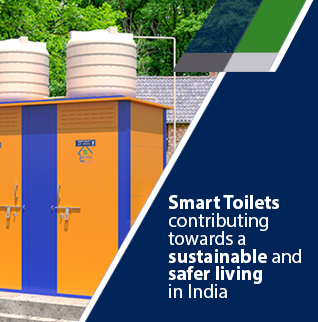







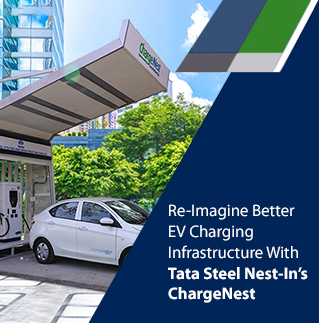




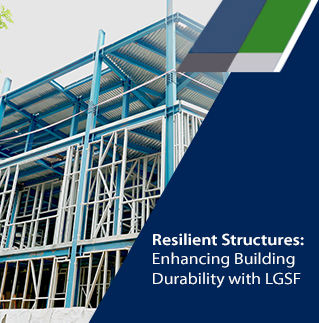

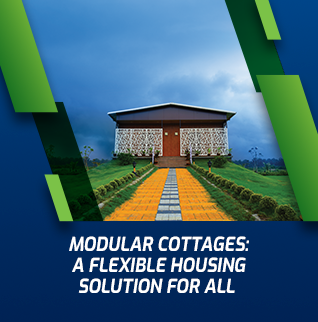












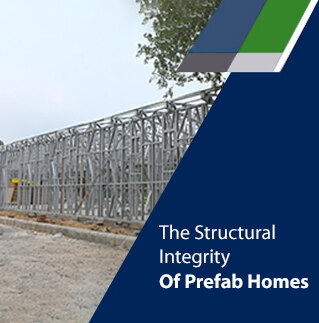















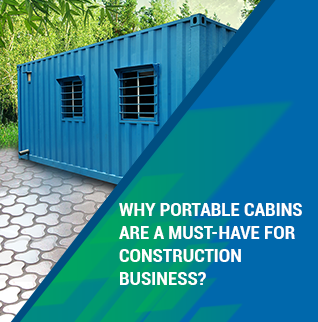

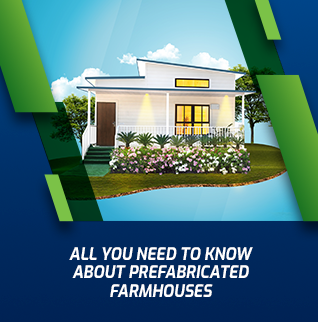
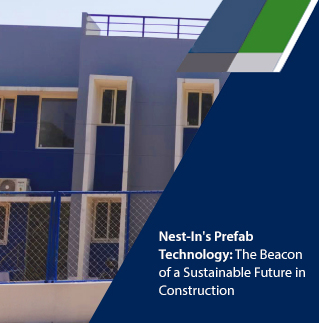




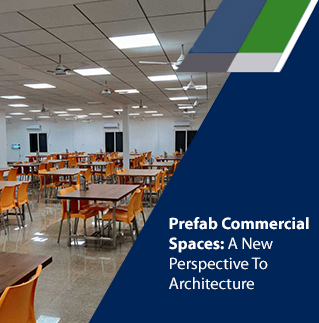
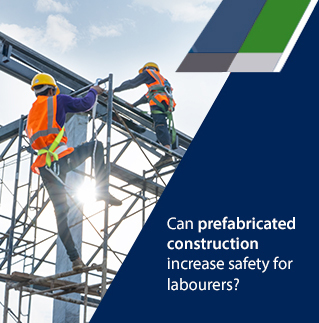












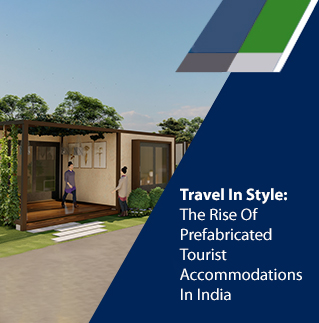


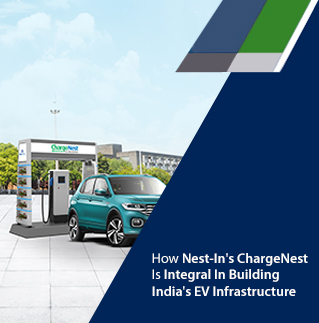

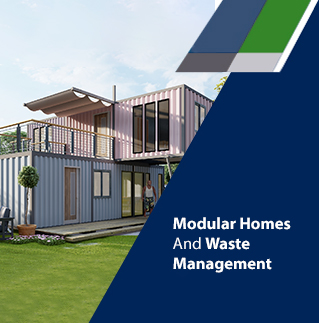






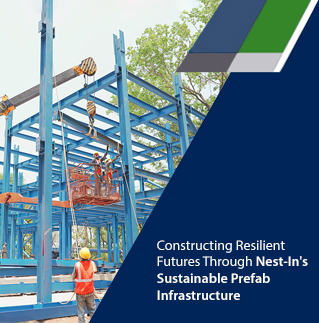





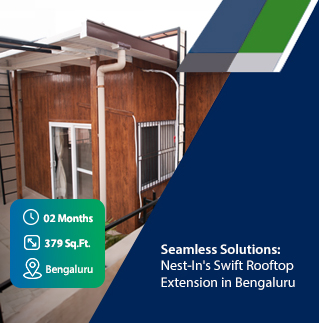




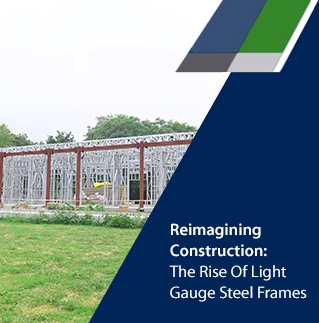















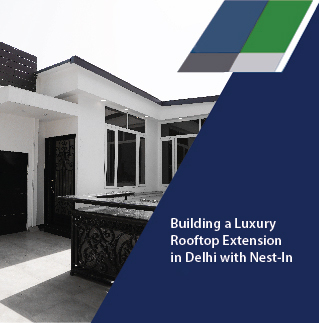











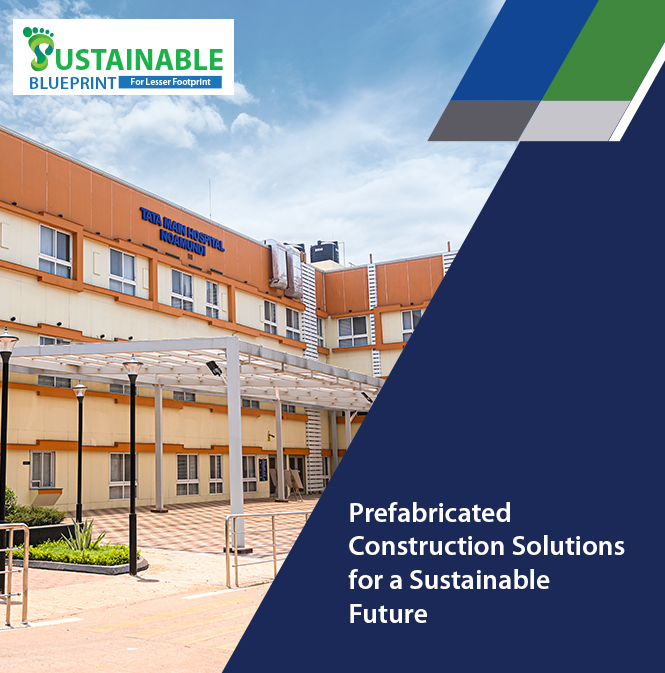


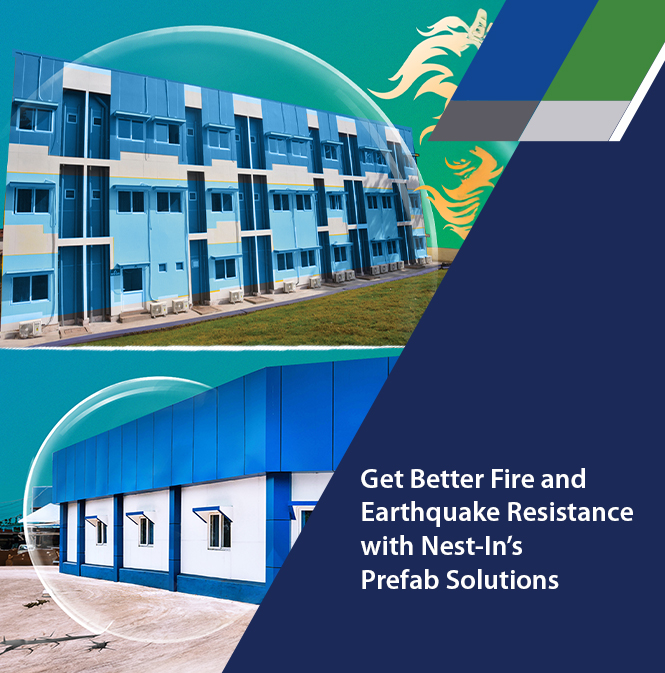












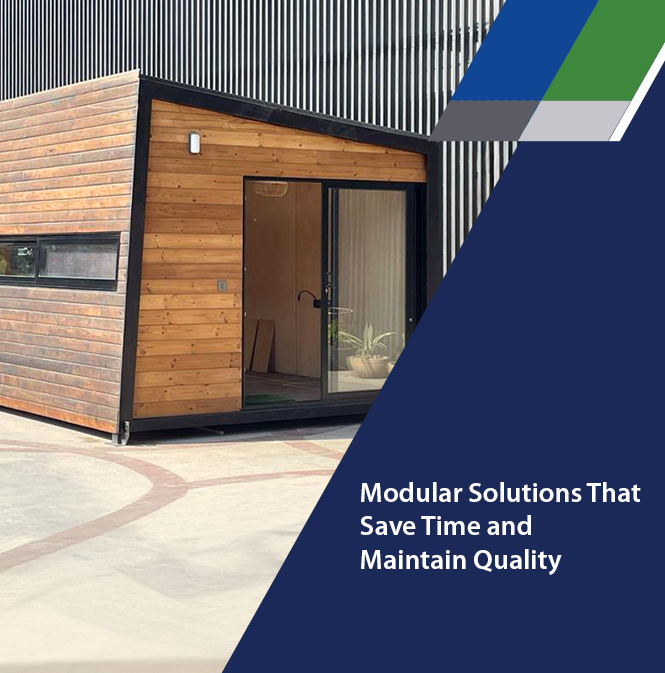



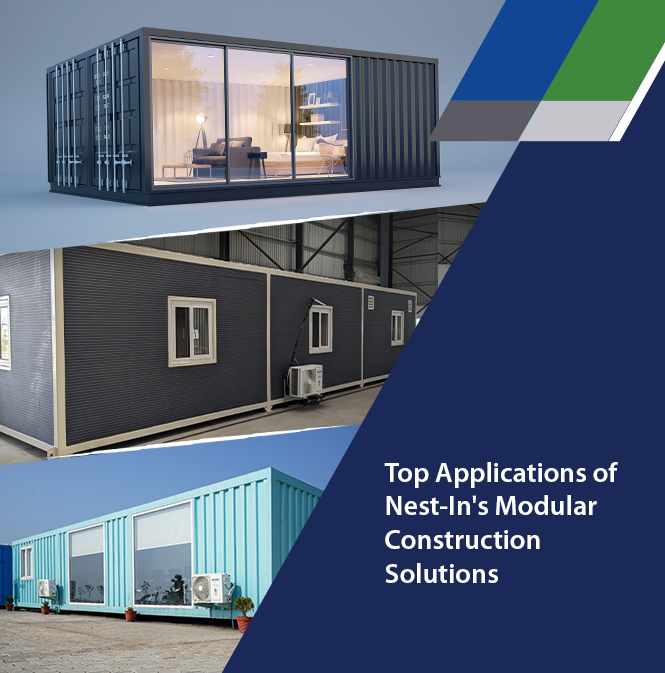




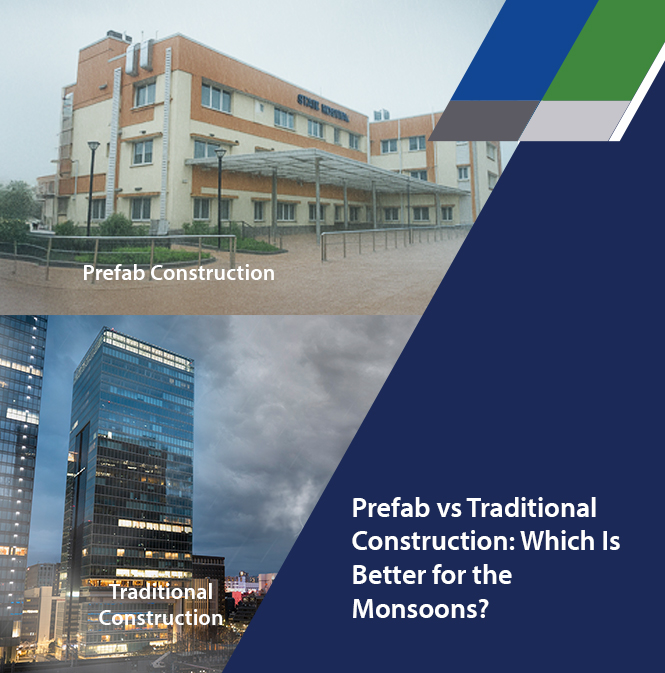
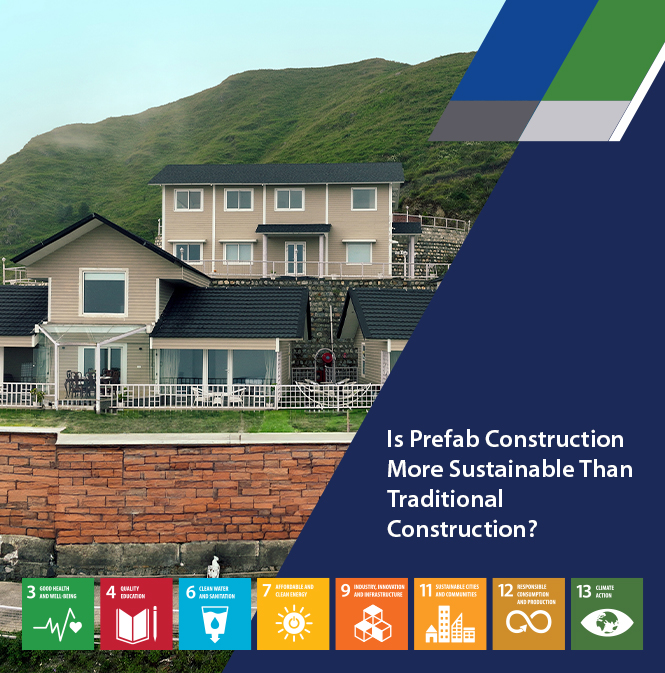







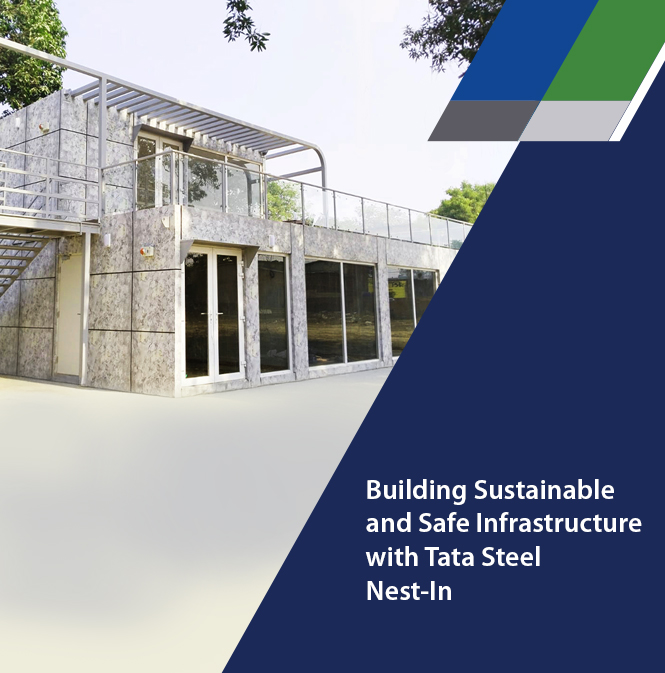


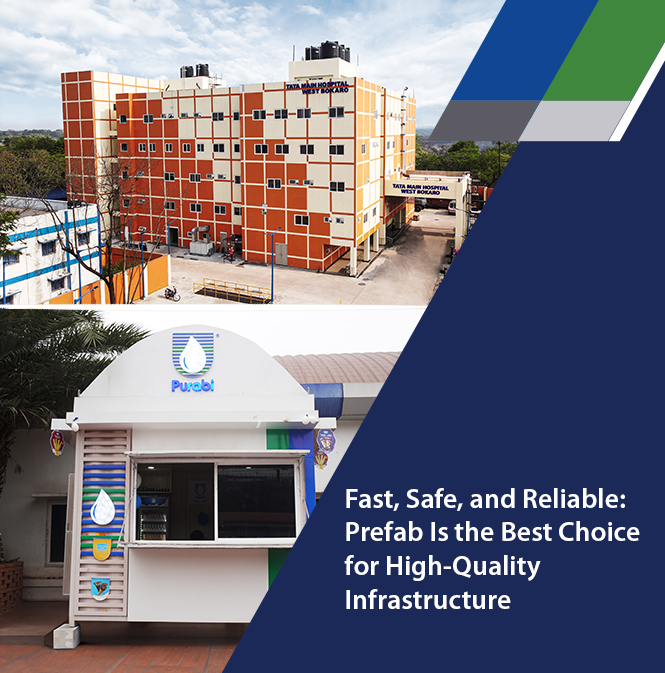

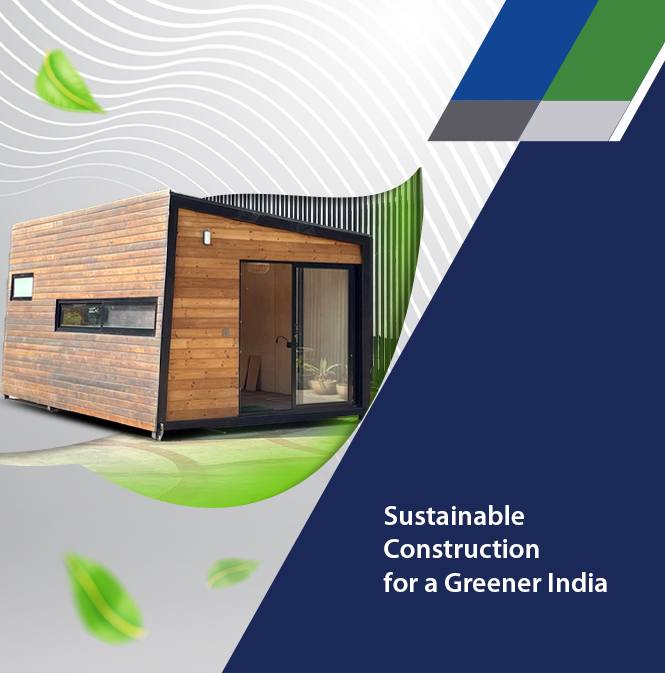
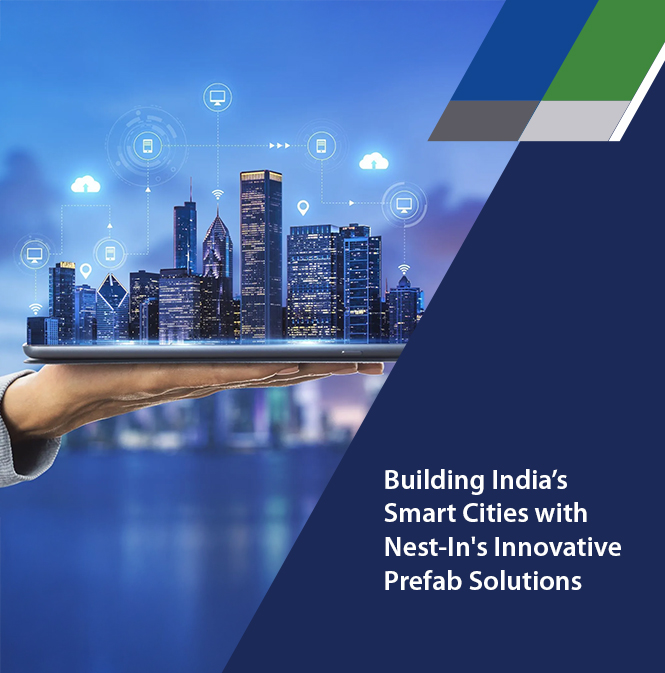
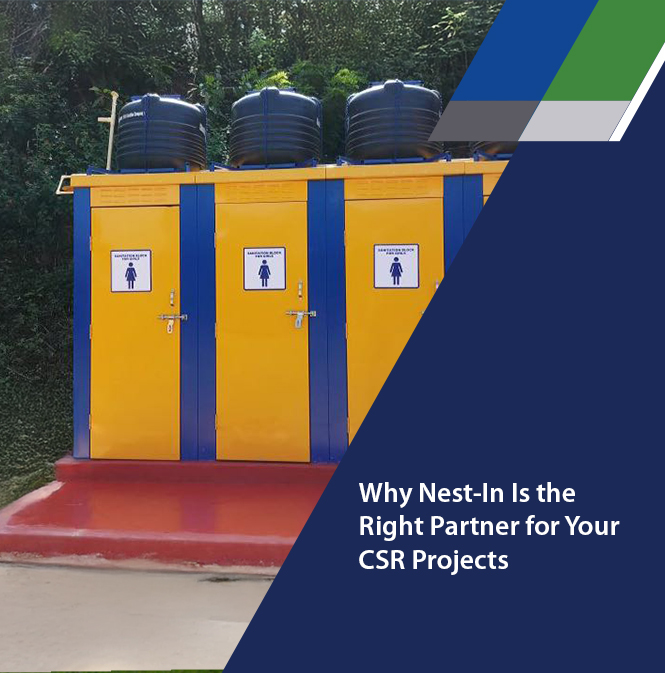

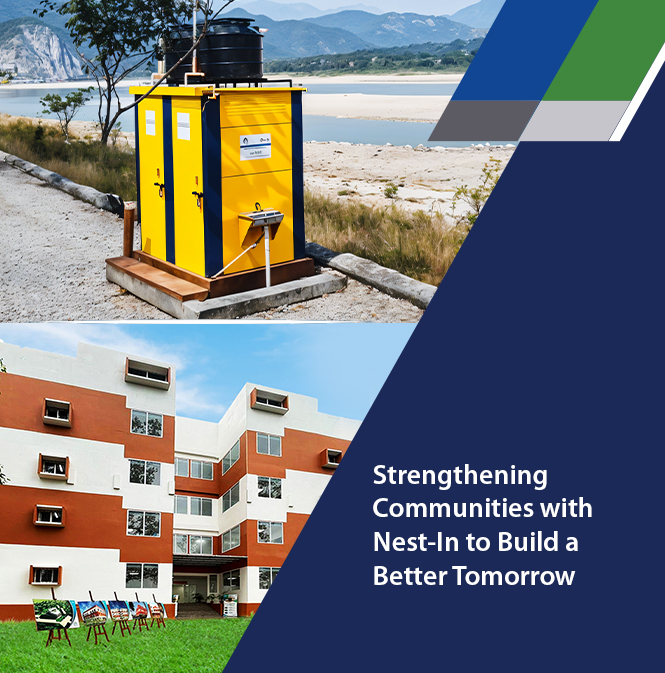

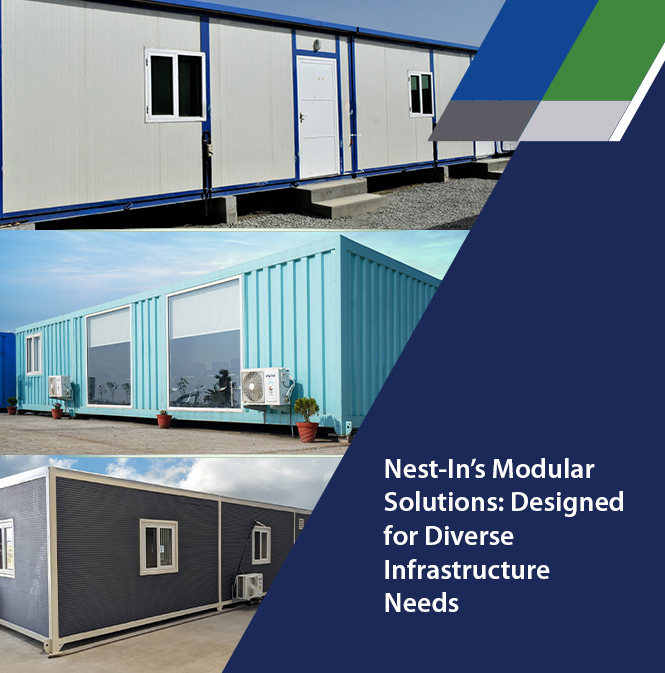







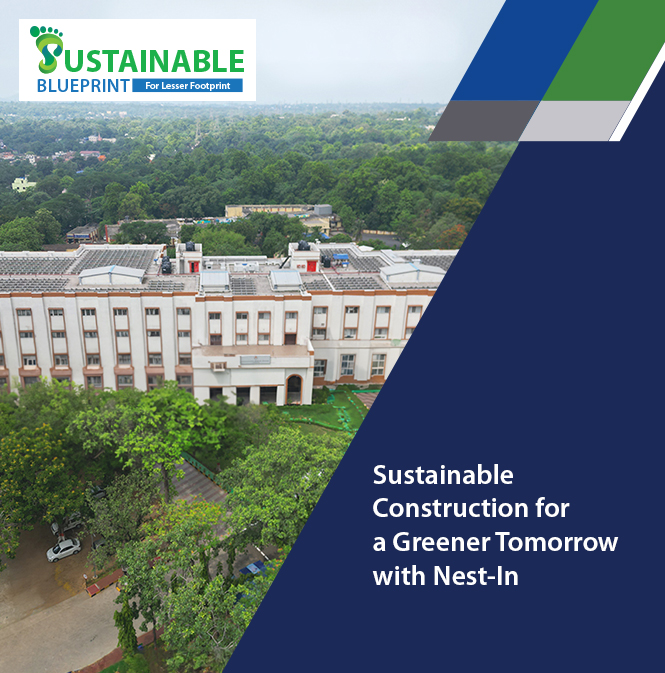

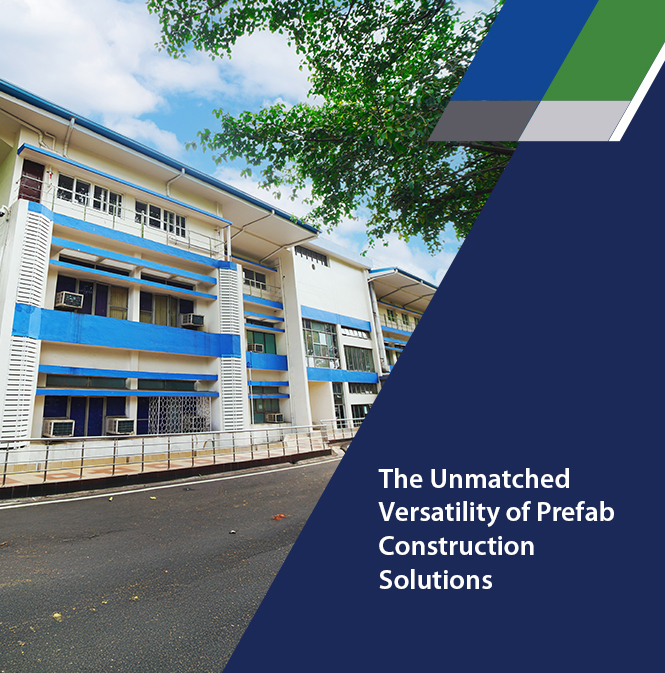


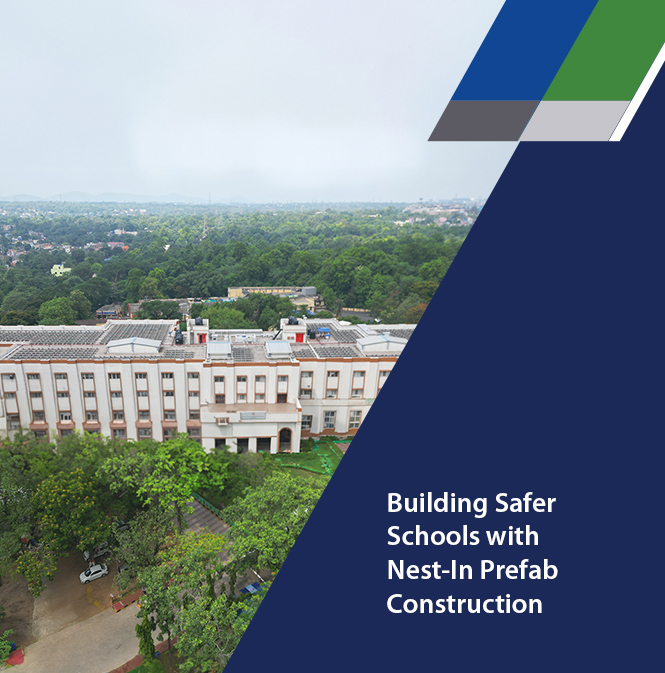



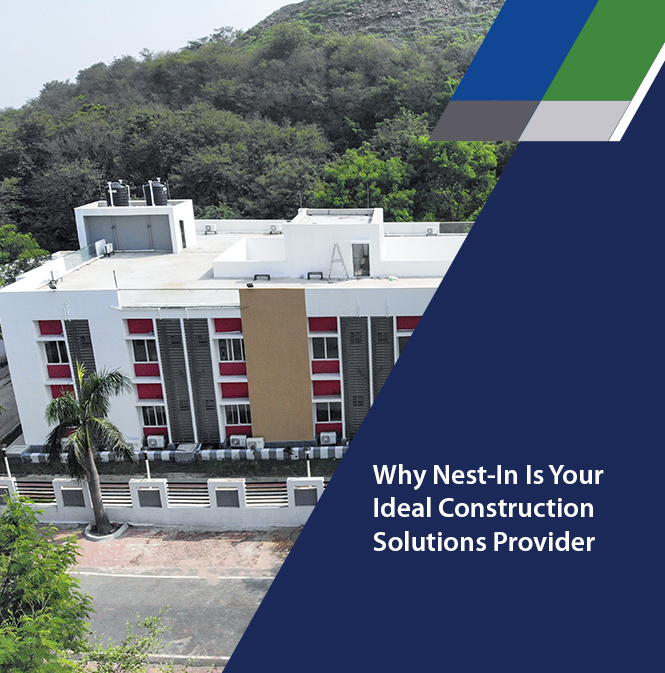
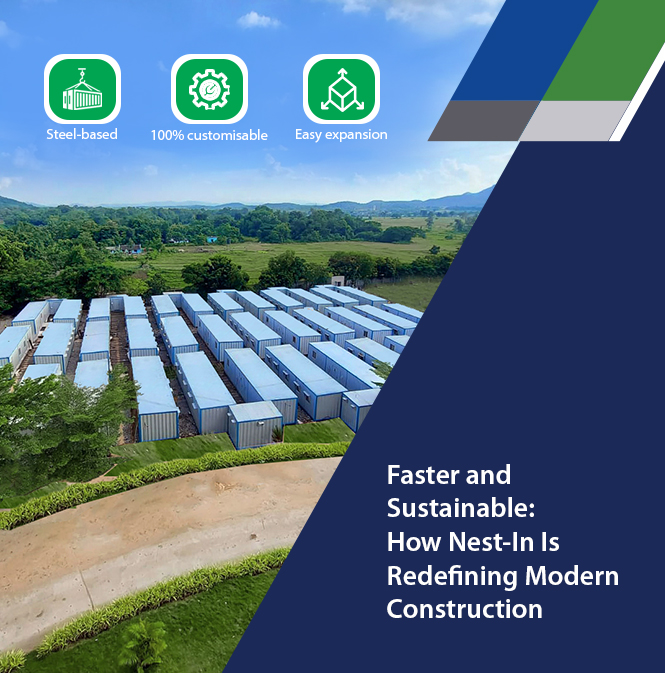



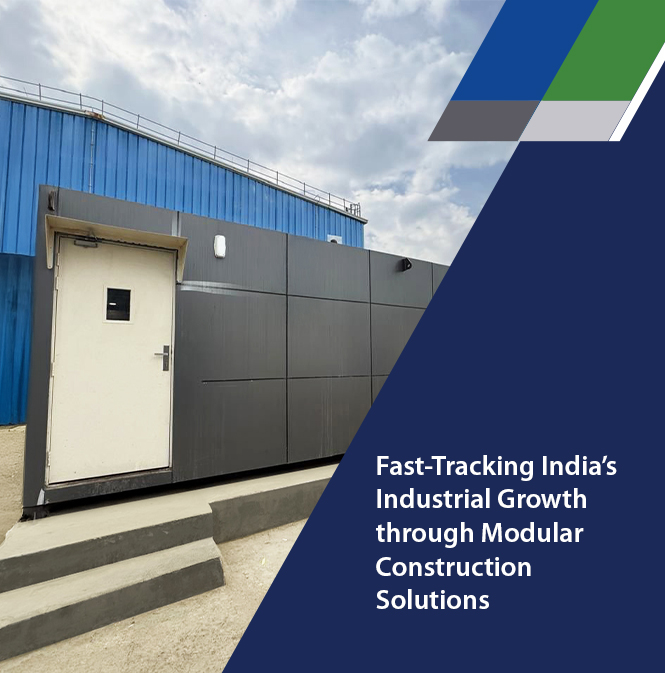
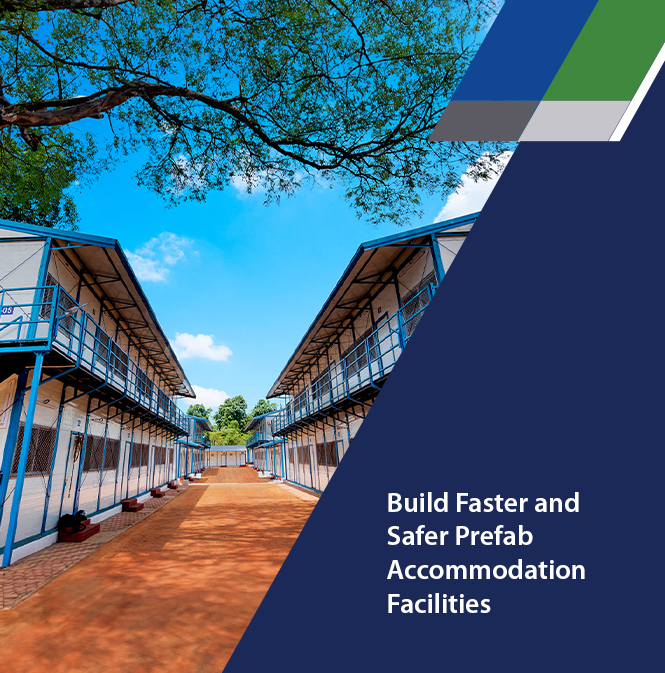











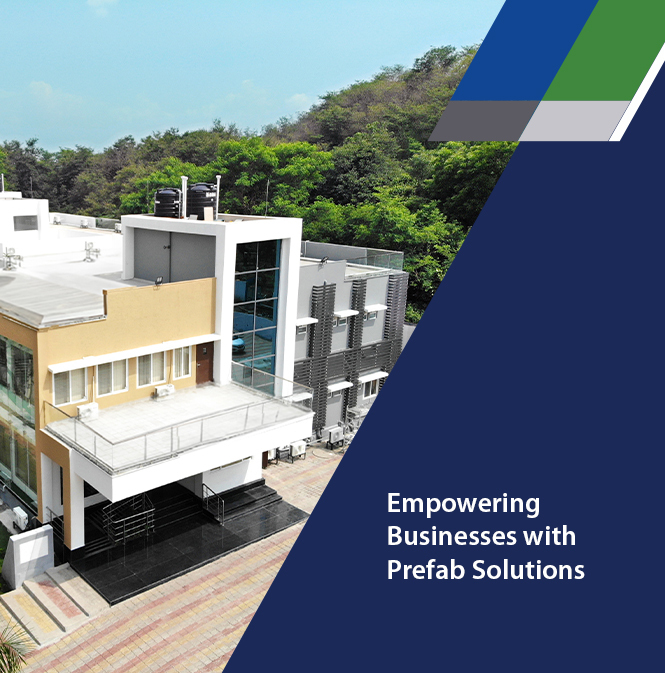


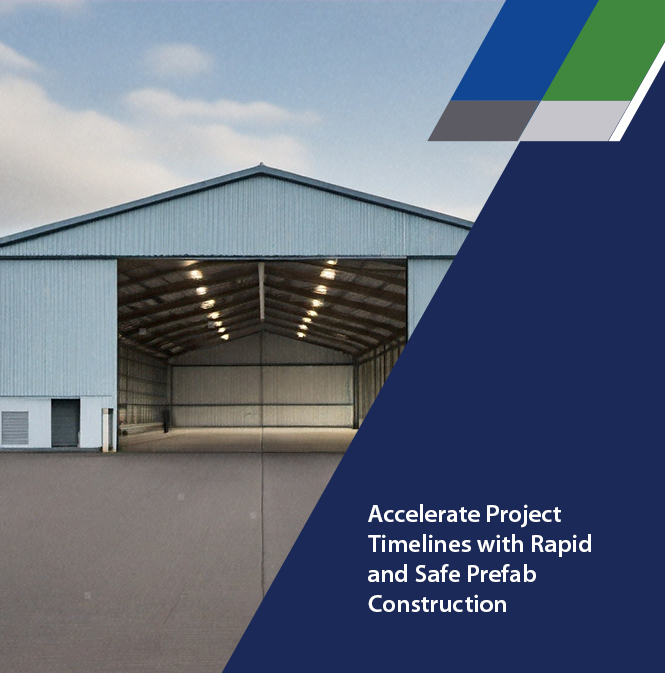


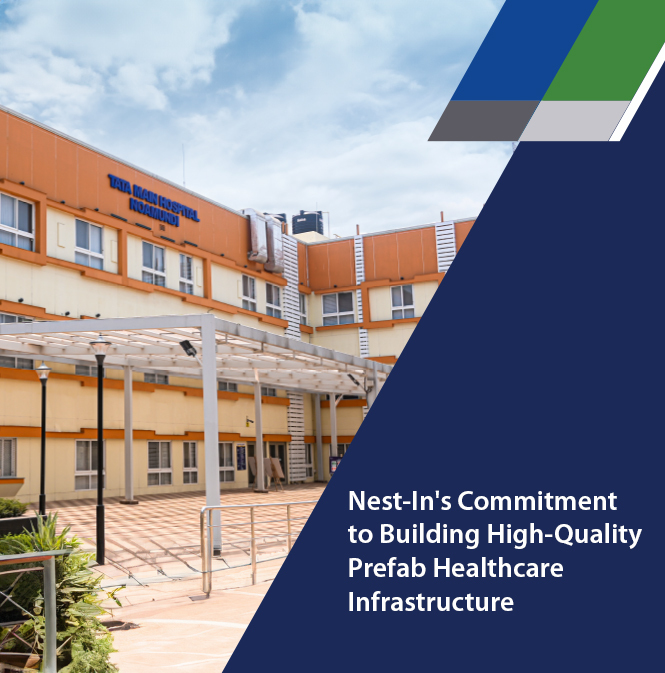



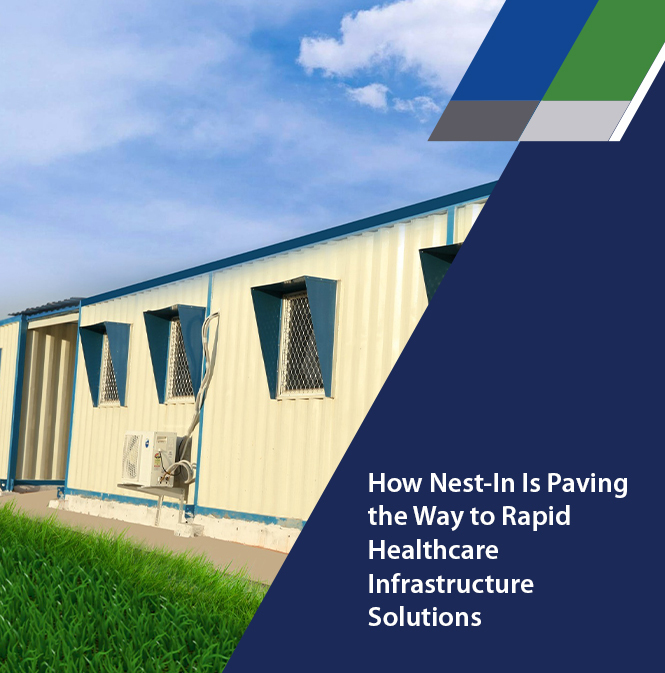




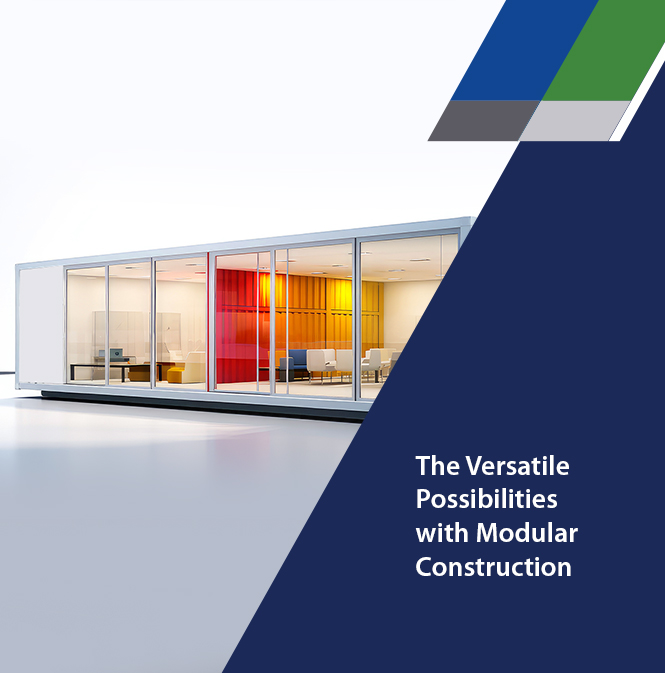


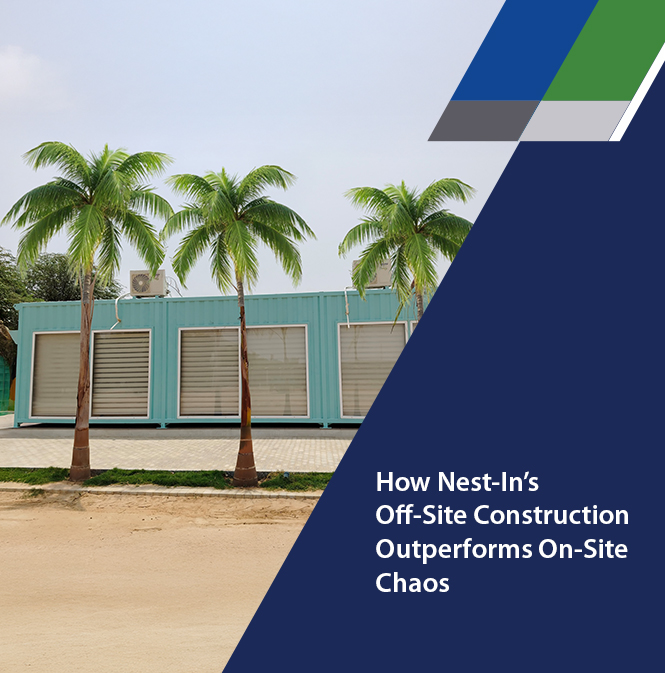
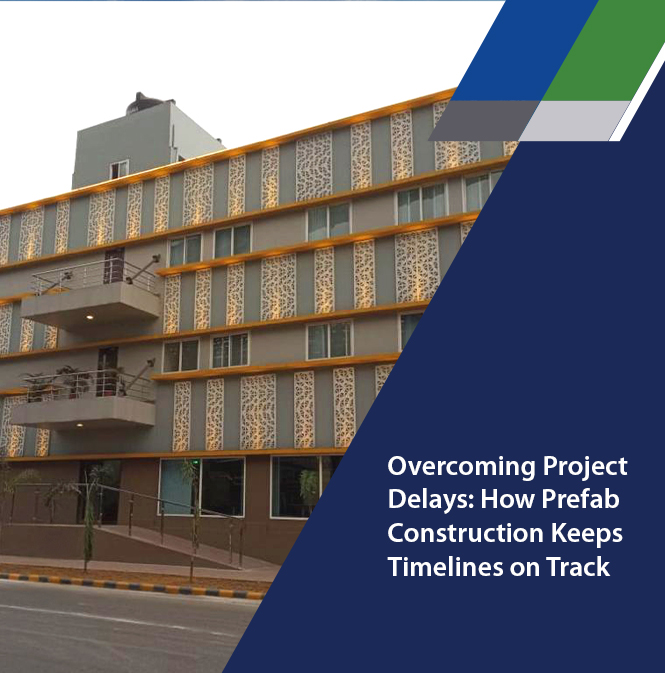



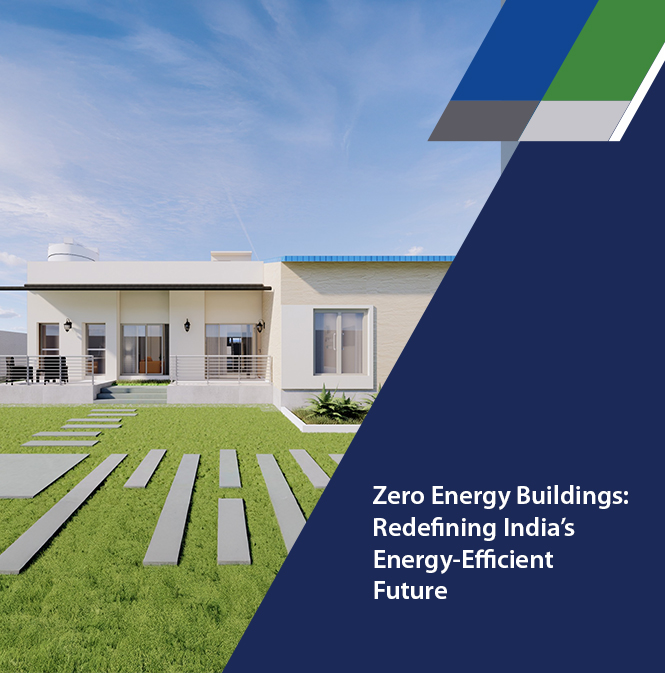



Add comment